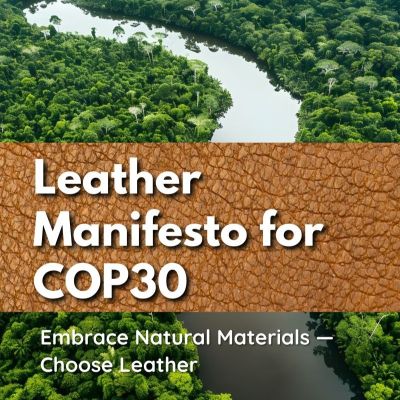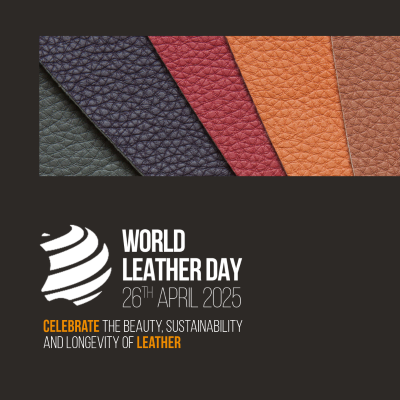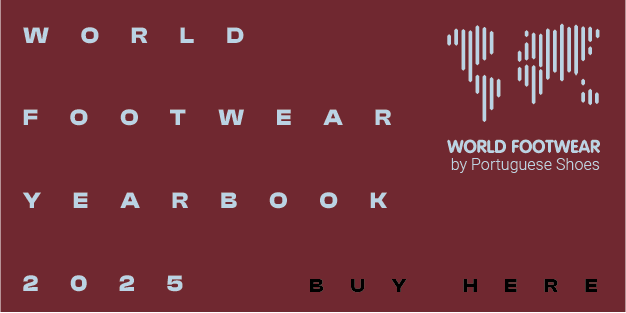Leather organisations call for reassessment of leather at COP30

Several organisations in the leather industry are challenging environmental misconceptions and urging COP30 to recognise leather as a sustainable, bio-based material that supports the circular economy
A new manifesto, led by the International Council of Tanners (ICT), is calling on negotiators at the COP30 (United Nations Climate Change Conference), which is taking place in Belém, Brazil, from the 10th to the 21st of November, to correct the “distorted” narrative currently surrounding the material. Several major organisations have signed it, including Leather Naturally and the Confederation of National Associations of Tanners and Dressers of the European Community (COTANCE).
“In today’s sustainability discourse, leather is largely misunderstood – sometimes vilified, often mismeasured, and rarely recognised for what it truly is: a renewable, circular byproduct of livestock farming. This manifesto seeks to correct that imbalance and to position leather as a positive, renewable biomaterial within a circular economy”, the document reads.
At the heart of the industry’s appeal lies the debunking of the myth that cattle are raised for their hides. Hides are an inevitable by-product of the meat and dairy industries, representing an average of only 1.5% of an animal’s economic value.
Signatories argue that current Life Cycle Assessments (LCAs) use a “flawed methodology” that assigns industrial animal agriculture emissions, such as deforestation and methane, disproportionately to the hide. This makes leather appear environmentally costly and obscures its role in a circular system that prevents valuable material from becoming waste. Currently, millions of hides being wasted and discarded into landfills or incinerated each year.
“To abandon leather is not to save a cow. It is to squander a durable, repairable material and replace it with synthetics derived entirely from fossil fuels”. “When responsibly tanned”, leather is a “natural, renewable biomaterial with an unparalleled lifespan. A well-made leather product lasts decades, is repairable and biodegradable in ways other materials cannot emulate. Leather bridges utility and heritage: a boot that wears in, not out; a bag that can be passed down, not thrown away”.
Therefore, with the aim of integrating leather into a sustainable future, the organisations are asking COP30 to endorse specific actions. These include supporting LCA methodologies that accurately account for by-products, promoting ‘slow fashion’ and durable, bio-based materials that can be used for years, and formally recognising the cyclical, climate-efficient nature of leather and its positive contribution to reducing the overall climate impact of consumer products.
Image Credits: Cotance LinkedIn














